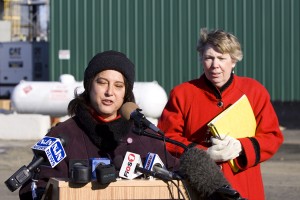EPA Proposed Global Warming Rule Would Protect Polluters by Locking in Loopholes
EPA recently proposed a new rule, known in beltway policy wonk circles as the “Greenhouse Gas Tailoring Rule” (Proposed Rule (PDF) purportedly to regulate major green house gas polluters, like coal power plants, refineries, and cement manufacturing.
The EPA proposal is opposed by industry, supported by national environmental groups, and has won media praise.
But instead of tough new regulations needed to steeply reduce current emissions, the rule actually would lock EPA into huge loopholes that protect existing polluters from regulation and pollution emission fees.
The loopholes were created by Congress, acting at the behest of polluters, in the 1970 Clean Air Act. The Act grandfathered existing coal power plants from strict new pollution control technology requirements. They apply only to new sources or major modifications that significantly increase emissions at existing sources. see: THE CLEAN AIR ACT LOOPHOLE
The Clinton Administration EPA tried to limit the damage caused by this loophole under the so called “New Source Review” enforcement program. EPA has tried to enforce NSR requirements on maintenance and upgrades at aging power plants that would create “significant” new emissions. But this EPA enforcement program has severe inherent weaknesses. It has spawned litigation and was abandoned by the Bush Administration. Eric Schaeffer, head of EPA air enforcement then resigned in protest.
While NSR enforcement has been extremely controversial, there is almost a consensus among environmental groups, industry, and the legal community that the NSR enforcement program as it is applied to existing sources is – at best – troubling and ineffective.There are more effective regulatory approaches to directly impose more stringent emission reduction requirements on existing sources.
But virtually everyone agrees that the original 1970 grandfathering loophole for existing coal power plants was a huge mistake and, if we could do it all over again, would not be repeated.
So, 39 years later, why is EPA taking the initiative to replicate this massive historical mistake in their new green house gas regulations at hundreds of existing dirty coal power plants?
According to EPA’s own rule summary:
Under the Prevention of Significant Deterioration (PSD) portion of NSR – which is a permit program designed to minimize emissions from new sources and existing sources making major modifications – EPA is proposing a:
- Major stationary source threshold of 25,000 tpy CO2e. This threshold level would be used to determine if a new facility or a major modification at an existing facility would trigger PSD permitting requirements.
- Significance level between 10,000 and 25,000 tpy CO2e. Existing major sources making modifications that result in an increase of emissions above the significance level would be required to obtain a PSD permit. EPA is requesting comment on a range of values in this proposal, with the intent of selecting a single value for the GHG significance level.
One other current regulatory means to effectively close this loophole is via the so called Title V Operating Permit program. Under that program, major pollution sources are required to install the “best available control technology” or BACT to control pollution emissions.
While EPA is silent about NSR loopholes and lack of enforceability, in the fine print at the end, EPA does openly acknowledges the lack of any substance to the program created under the proposal:
Although EPA has not yet identified specific source categories, the Agency plans to develop sector- and source-specific guidance that would help permitting authorities and affected sources better understand GHG emissions for the selected source categories, methods for estimating those emissions, control strategies for GHG emissions, and available GHG measurement and monitoring techniques.
…. It is important to remember that a title V permit does not add new requirements for pollution control itself, but rather collects all of a facility’s applicable requirements under the CAA in one permit. Therefore, the compliance benefits above are less when title V permits contains few or no CAA applicable requirements.
EPA’s proposed Title V approach can not work because:
1. there are no national ambient air quality standards for GHGs that can be enforced during the Title V permit review process;
2. there is no BACT for GHG to be imposed in Title V permits. This virtually guarantees that existing sources will continue to emit GHG at current levels;
3. EPA’s proposed approach relies on EPA guidance and even delays the development of such guidance for at least 6 years;
4. EPA’s proposal failed to use market forces to reduce emissions via imposition of stiff pollution emissions fees. When polluters are forced to pay, emission fees have been shown to dramatically reduce emissions of other pollutants;
5. contrary to the 1990 “cap and trade” acid rain program approach that has worked to cost effectively reduce emissions of SOX from coal power plants, EPA does not propose mandatory, source specific, emissions reductions and an enforceable timetable to meet those emission reductions.
The EPA proposal seems to anticipate the “market based” approach of current legislation pending before Congress (Waxman-Markey) – which is supported by EPA Administrator Jackson and President Obama.
The Waxman-Markey bill would repeal EPA’s existing authority to regulate GHG emissions, while the EPA rule proposal would surrender regulatory authority even BEFORE a market based program is authorized by Congress. At a minimum, EPA regulatory authority is required to back stop a market based cap and trade program, such that EPA can step in when that program fails. Regulatory authority also can provide the leverage – or incentives – for polluters to participate in a market program. The US Climate Network, a coalition of national environmental groups, has recognized the problem, especially at dirty old coal power plants that emit about 1/3 of US GHG pollution:
… the climate bill should preserve Clean Air Act authorities or create equivalent provisions to control global warming pollution from coal plants. Right now, the Environmental Protection Agency (EPA) has the tools to help clean up our electric sector in time to meet the ACES’ mid-term reduction goals. But the ACES strips EPA of its Clean Air Act authority to set basic performance standards and require emissions reductions that are currently achievable. The bill does not require our existing fleet of dirty coal plants to meet reasonable emissions standards. With the benefit of low carbon costs and offsets, these coal plants will be able to keep on running, even ramping up carbon dioxide emissions, for the foreseeable future. As a result, we will depend on the same fleet for nearly half of our power in 2030. At that point, it will be difficult, if not impossible, to achieve the steep emissions cuts we must have to avoid the worst expected effects of global warming. (see:
THE NEED FOR COAL PLANT REGULATION TO COMPLEMENT (sic) CAP-AND-TRADE:
The only reason I can discern to explain all these loopholes is a covert attempt by EPA to protect the polluters, while creating the misleading public impression that they are being stringently regulated. The proposal could have been written by the coal industry to guarantee continued operation at status quo levels.
This proposed rule is a major strategic mistake. It would lock in regulations that would shield major polluters from enforcement of new regulations mandating emissions reductions.
The comment period expires on December 28, 2009.
HOW TO COMMENT
- EPA will accept comment on the proposal for 60 days after publication in the Federal Register. Comments, identified by Docket ID No. EPA-HQ-OAR-2009-0517, may be submitted by one of the following methods:
- www.regulations.gov: Follow the online instructions for submitting comments.
- E-mail: Comments may be sent by electronic mail (e-mail) to a-and-r-docket@epa.gov.
- Fax: Fax your comments to:Â (202) 566-9744.
- Mail: Send your comments to: EPA Docket Center, EPA West (Air Docket), Attention Docket ID No. EPA-HQ-OAR-2009-0517, U.S. Environmental Protection Agency, Mailcode: 2822T, 1200 Pennsylvania Avenue, NW, Washington, DC 20460.
- Hand Delivery or Courier: Deliver your comments to: .S. Environmental Protection Agency, EPA West (Air Docket), 1301 Constitution Avenue, Northwest, Room 3334, Washington, DC 20004, Attention Docket ID No. EPA-HQ-OAR-2009-0517. Such deliveries are only accepted during the Docket’s normal hours of operation, and special arrangements should be made for deliveries of boxed information
I urge folks to comment and ask EPA to withdraw this proposal. Contact your Congressional representative as well.
And ask those beltway environmental groups why on earth they support this tragic failure that repeats mistakes of the past.


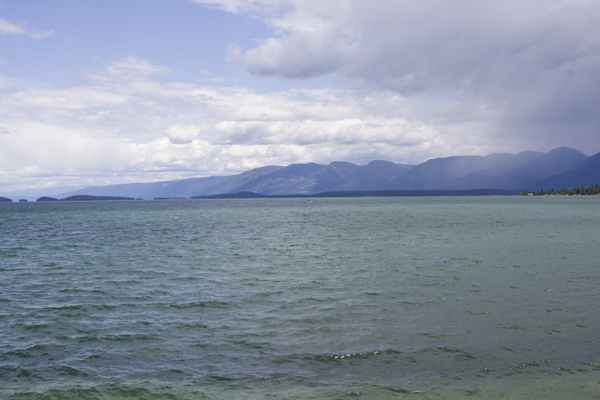








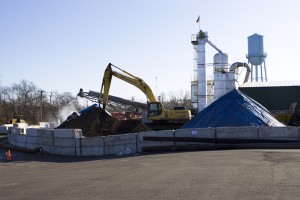 Cornell Dubilier Electronics, Inc. operated at the site from 1936 to 1962, manufacturing electronic parts and components, including capacitors. The company dumped material contaminated with
Cornell Dubilier Electronics, Inc. operated at the site from 1936 to 1962, manufacturing electronic parts and components, including capacitors. The company dumped material contaminated with 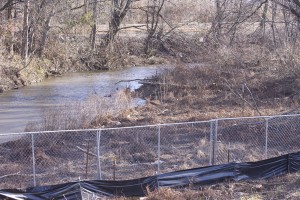
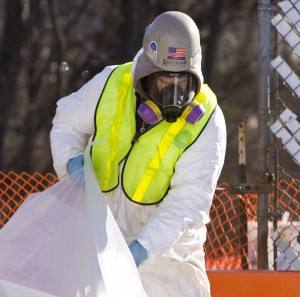 NJ recently
NJ recently 